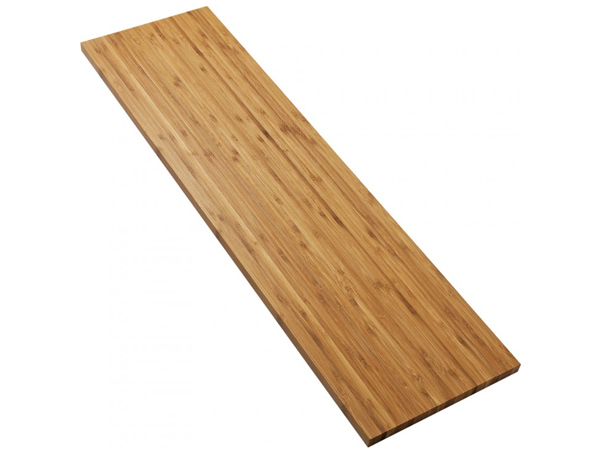
I’m seeing bamboo flooring and sheet goods being put forward as a “green” building material. It looks cool, but I wonder how sustainable and environmentally friendly it is — there seems to be a lot of glue and energy involved in converting it to a usable form. What is the answer?
Tim Inman: Bamboo grows like weeds. It is not endangered, it replenishes very quickly, and it grows almost anywhere. Thus, in that sense it is sustainable because it readily replenishes itself. Glue: Some glues are better/worse than others. Formaldehyde is included in some adhesives, not in others. You can research this on a product specific basis and make your choices accordingly. I would guess the relative energy to transport, cut and finish the material would be very similar regardless of the wood. So, all in all, bamboo is probably a good “green” choice — if you like the look and other characteristics of bamboo. Oak and maple work, too.
Chris Marshall: In an age where the term “green,” when applied to building materials and practices, may encourage us to assume that all is well and good for the environment, we shouldn’t abandon reason. So, you are raising sensible questions about the “green-ness” of bamboo building products such as flooring, lumber and sheet goods. But, there is no simple answer to your question. Bamboo is still a relatively new building material here in the West. And, much of the harvesting and production of bamboo building products occurs in China and southeast Asia, where some businesses there may not adhere to sustainable forest management, harvesting or environmentally friendly manufacturing processes. So, some “green” bamboo products actually might not be so green after all. We need to be vigilant consumers.
If you are really committed to finding answers to these questions, dig in and do your online homework. And, more power to you! Here’s one of many places to start: Dovetail Partners. It’s a nonprofit education organization that offers information about the impacts and tradeoffs of environmental decisions such as consumption choices, land use and policy alternatives. A quick search on their website will bring you to several downloadable documents focusing on bamboo products and the environmental ramifications of this emerging industry. Two of them, published in 2005 (click here) and 2014 (click here), concentrate on bamboo flooring, specifically. You can download and read these documents for free. I’m sure they’ll shed some light and deepen your reflection on this important and complex subject.





